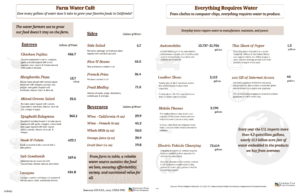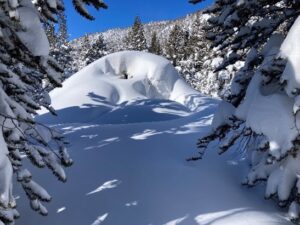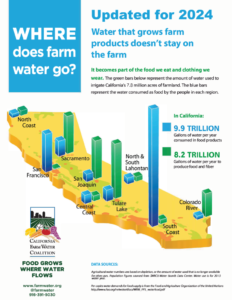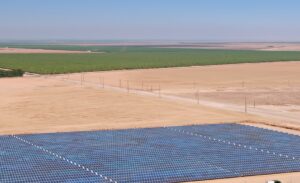Managing More Efficiently with New Technologies – Precipitation Forecasting
Imagine the possibilities if we knew months in advance if the water year was likely to be wet or dry – with the same accuracy as that of a three- to five-day weather forecast. Growers could make spring planting decisions with reduced uncertainty and water agencies would be able to allocate their resources for optimum efficiency. Is this just a fantasy or could it be a reality?
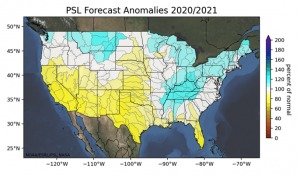
Great progress is being made in improving the accuracy of snowmelt runoff forecasting, through approaches such as the airborne snow observatory technology developed at the National Aeronautics and Space Administration, but the lead time of runoff forecasting remains limited because it is based on making forecasts of precipitation already on the ground in the form of snowpack. Answering the questions of “will this winter be wet or dry?” or “will the rest of this winter be wet or dry?” requires improving precipitation at lead times beyond that of a weather forecast. Conventional weather forecasts are issued with lead times of up to two weeks but have limited accuracy beyond the first week.
The National Oceanic and Atmospheric Administration (NOAA) recently released a report to Congress (https://repository.library.noaa.gov/view/noaa/27408) describing the challenges and opportunities associated with improving sub-seasonal to seasonal (S2S) precipitation forecasts. S2S forecasts extend beyond a conventional weather forecast, with lead times of up to six weeks (sub-seasonal) to a year or two (seasonal). When NOAA’s National Weather Service (NWS) conducted a California drought service assessment in 2014, the more than one hundred water managers surveyed overwhelmingly identified an accurate seasonal precipitation forecast as the high-priority service that the NWS should provide. NWS’ Climate Prediction Center has been operationally issuing S2S precipitation outlooks since the mid-1990s, but their skill for the western U.S. has been minimal, just slightly better than predicting average weather conditions. Forecasting precipitation at S2S lead times is a scientifically challenging problem, and one that has received little federal research support.
This experimental forecast made in October for DWR by NOAA’s Earth Systems Research Laboratory, for example, has correctly predicted California’s dry winter.
NOAA’s report to Congress recommends a pilot project for improving S2S precipitation in the western U.S. specifically intended to support water management. There is precedent within NOAA for focused projects designed to meet specific objectives and held accountable for meeting those objectives. Its Hurricane Forecasting Improvement Project, for example, was designed to improve forecasting the track of Atlantic hurricanes. The pilot project would take roughly a decade to complete and would entail significantly updating and improving existing NWS dynamical weather models. The recommended pilot project is not currently funded; NOAA would need a new appropriation for the work.
In the near term, the Department of Water Resources has been exploring potential approaches to improving S2S precipitation forecasting with researchers partners at NASA, NOAA, and the University of California, taking advantage of tools such as statistical models that could help inform an eventual NOAA pilot project. This experimental forecast made in October for DWR by NOAA’s Earth Systems Research Laboratory, for example, has correctly predicted California’s dry winter.

